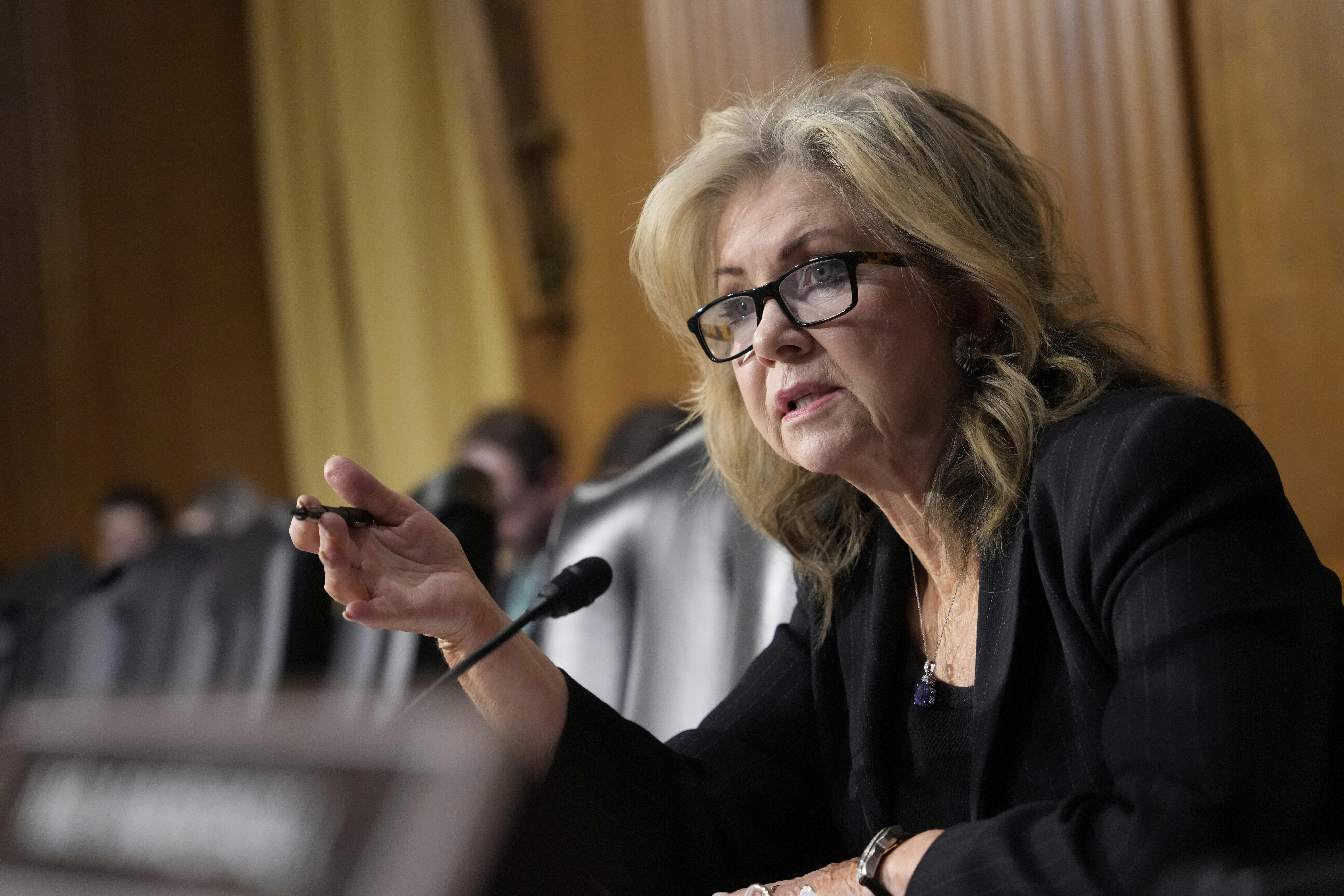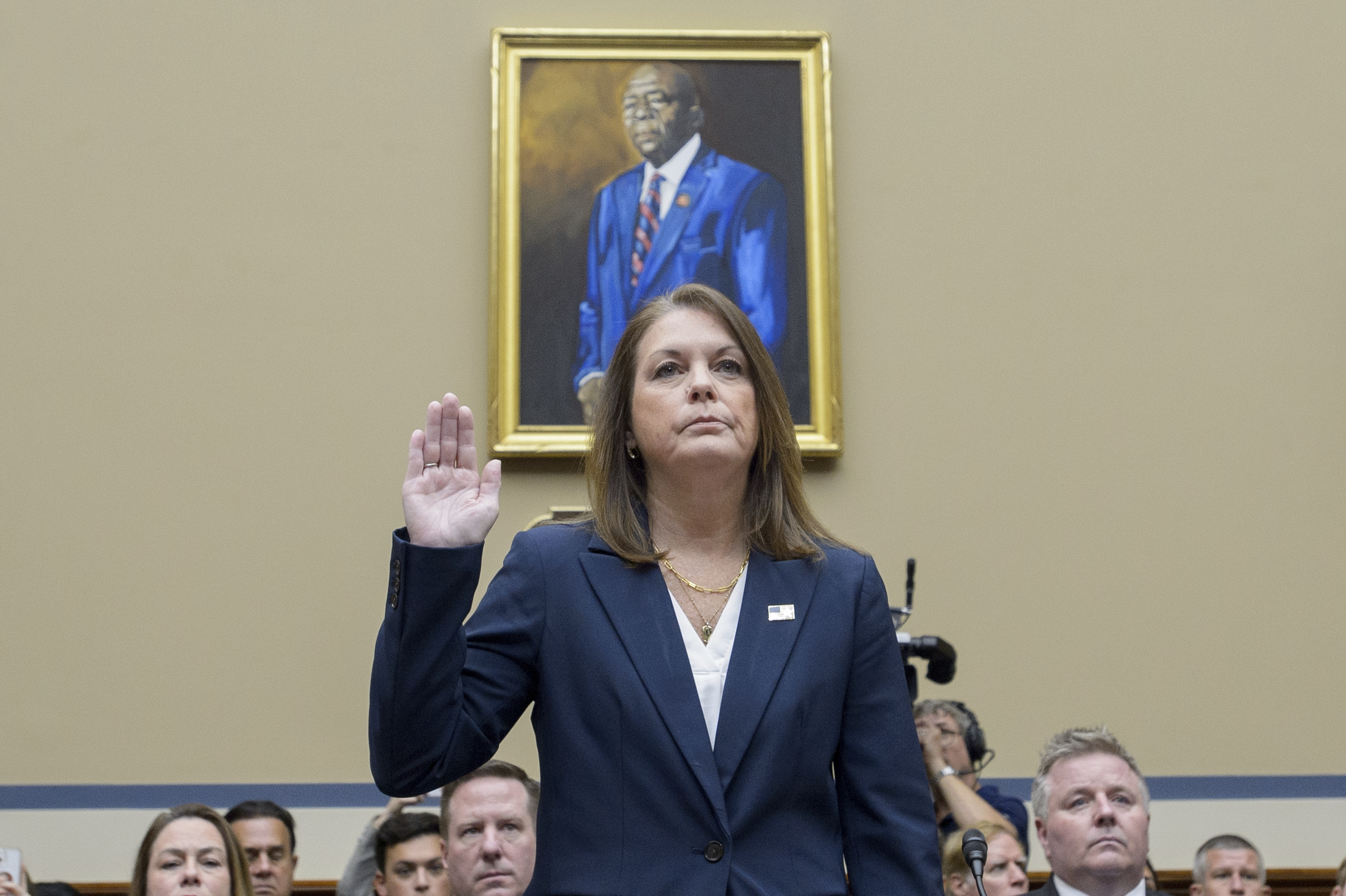The Hidden Prices of Your Health Care
Whether you are shopping for a new car or groceries, you expect to know the cost before committing to the purchase. In almost every industry, upfront pricing is standard practice—a key ingredient of free market efficiency that unleashes competition, driving down prices and bolstering quality.
Yet health care is the exception to the rule, where hidden prices and lack of information on the quality of care prevent patients from making well-informed decisions about their health care, driving up costs for everyone. Over the last few years, a number of new price information and price transparency tools have come on the market aimed at correcting these distortions. These tools encourage consumers to compare prices and select lower cost providers, saving money for the consumer and, hopefully, prompting competition among health care providers to lower their prices. But can price transparency tools meaningfully impact the problems of high spending and uneven quality that plague the US healthcare system?
Although the rationale behind transparency efforts is clear, the effects have been modest so far. Existing price transparency tools have experienced relatively low uptake; few patients use these tools when available and this low usage has resulted in limited impact on consumer costs, with minimal effect on provider pricing behavior. One study examining the effects of a New Hampshire cost-comparison tool on medical imaging prices found that consumers who used the tool could reduce their out-of-pocket costs by 11%. Yet only a small minority of patients used the tool; the presence of price disclosure and consumer shopping did not result in transformational changes in the prices of MRIs in the state.
But a Trump-era regulation that has received the support of the Biden Administration holds the promise to supercharge the health care price transparency movement and achieve meaningful change in the healthcare system over the long term—with significant benefits to be gained for both employers and patients seeking greater value from health care spending.
Beginning July 1 of this year, most health plan issuers will be required to publicly disclose the rates they actually pay health care providers for specific services, thanks to a regulation finalized by the Trump Administration in 2020. This newly available data on negotiated rates between clinicians and insurers represents a huge improvement over the fragmentary, often stale price information used by existing shopping tools. Ideally, this will create opportunities for private section solutions to help patients make decisions about their care. For the first time, entrepreneurs and technology companies will be able to use real-time data to populate new price comparison tools and portals that assist consumers in the process of negotiating the complex healthcare system. This will shed light on high-cost providers and put pressure on opaque pricing structures currently used to gouge vulnerable consumers.
Increased transparency stands to be particularly meaningful to employers across the country, who currently have little insight into whether insurers are effectively negotiating with providers on their behalf. In a case of misaligned incentives, insurers are often paid as a percentage of total premiums collected. So, they may actually benefit from higher health care spending—placing them at odds with employers’ desire to obtain the best possible deal for their employees. Transparency in health care prices will help employers monitor the efficacy of insurers who are acting as their agents and could also underlie a new wave of efforts by employers to develop innovative benefit designs that incentivize employees to use lower-priced options.
Pricing information should soon be accessible and usable for individual consumers as well as large purchasers. As of January 2023, health plans will also be required to provide consumers with revamped self-service tools that provide real-time, personalized access to pricing information, including an estimate of their cost-sharing liability. Finally, Americans will be able to understand the costs before receiving the treatment, just like any other purchase they make like cars or computers.
Skeptics of price transparency efforts argue that health care is too complex for consumers to navigate. But this underestimates the power of technological innovation to facilitate shopping for health care services just as it has for services and products like travel and real estate. Survey data shows that Americans are increasingly turning to online tools to compare the quality and cost of medical services - in a random sample of US adults over the age of 18, more than half (55%) of respondents had used the internet or a mobile app to shop for health care services in the past year, with nearly half of those respondents (47%) saying that the shopping process prompted them to change their chosen health care provider, facility, or both. The continued increase in the number of individuals enrolled in high deductible health plans will put further pressure on the importance of shopping for health care services; with their own dollars on the line, consumers have more powerful incentives to seek out high-value care.
Price transparency is not a panacea for all of our healthcare system’s problems, but marks an important shift in our approach to curbing health care spending – rather than pursuing government price-setting policies that further distort the health care market, price transparency offers the opportunity to harness free market forces to introduce competition, drive down costs and improve quality for patients across the healthcare system.
Eric Hargan is the founder and CEO of The Hargan Group, a healthcare consulting firm. He previously served as Deputy Secretary of the US Department of Health and Human Services (2017-21) and Acting Secretary (2017-18). He is on the boards of University Hospitals in Cleveland, Alio Medical, Tomorrow Health, HealthTrackRx and SIU Medicine Population Science & Policy.
Randy Pate is former Deputy Administrator and Director of the Center for Consumer Information and Insurance Oversight (CCIIO) at the Centers for Medicare & Medicaid Services (CMS). In 2021, Pate launched Randolph Pate Advisors LLC, a management and strategic consulting firm providing leadership in the healthcare sector to insurers, providers, technology companies, and state governments.














